I am soooo excited! About a year ago while researching pallet gardening I stumbled upon a form of gardening on Pinterest called Straw Bale Gardening. I was intrigued, and decided to do some research. I’ve spent the past year reading everything I could about straw bale gardening, and today it finally all came together–I planted my first straw bale garden!
The premise goes like this: straw is an excellent planting material. Straw is weed free, it holds water well without being air tight, it gives plants’ roots good air circulation, it decomposes slightly over time and creates a perfect environment for a garden. Even better, when bales are set upright together, it creates an instant raised garden bed. No digging, no weeding, minimal watering, no boxes to build, nothing special to do, just plant and go! The bales can be put anywhere–even on concrete! Instant garden, wherever you want it, and it’s all earth-friendly. That’s a win for me!
So here’s how you start: you grab a couple of bales from your local garden center. (Also check farmer’s markets and craigslist for good sources.) I have 15 bales, because I’m planting a larger garden. Every day for the first ten days you sprinkle some fertilizer (I used bone meal) on top of the bales and water in well, to get the decomposition process started. The bales will heat up and begin composting internally. Don’t worry about messing this up–nature will do most of the work for you. After about two weeks, your bales should be ready to plant in! They won’t be finished compost inside, but they will be good to plant in. If you want to direct sow seeds, I suggest spreading a little potting soil or compost on top of the bales, about 1/4″ thick, and planting into that. The seeds will germinate in the soil and extend their roots down into the bales. Please note that I am only using straw bales, not hay bales. Hay bales are more expensive and full of seeds, which will fill your garden with all kinds of unintended weeds. Straw bales are mostly weed-free, one of the big pluses for straw bale gardening.
Anything you can plant in dirt, you can plant in straw. Above is a photo of my garden today. It’s a little early in my neck of the woods to be planting–we normally wait until after Derby Day. But even though we’ve had frost advisories at night, it is safe to go ahead and plant in my straw bale garden. Why? Because the bales produce enough heat themselves as they’re decomposing that they protect the plants from the cold. Plus, the early heat speeds the plant growth! Every night I cover the bales with a little bit of clear plastic, which will create a kind of greenhouse effect, trapping in the heat overnight. In the morning as the sun rises, I pull the plastic back so the sun doesn’t burn the plant leaves.
So far I’ve planted ten tomatoes, six basil, garlic and a bunch of peppers. I’m taking a break, then in a little while I will be planting my potatoes, onions, beans and strawberries in another section of the garden. In a week or so I will plant my pumpkin and watermelon seeds, along with sunflowers and other flowers. One of the beauties of straw bales is that not only can you plant directly on top of the straw, but you can plant in the side of the straw bales too! So I will have some plants on top, and some (like potatoes and strawberries) planted in the sides of the bales. It’s a great way to make full use of every square inch of the garden!
I can’t take credit for this idea. I’ve read the book Straw Bale Gardening from cover to cover and have loved it. The author also has a website, StrawBaleGardens.com. He’s full of great information!
I’m really excited. I planted in containers last year and had a good result, but I’d like to do a lot more this year. I’ve spent the past couple of months researching companion planting, along with ways to store the produce I grow. My goal this year is not only to have fresh produce through the summer, but to produce and store a majority of my produce for the winter months as well. A lot of planning has gone into this–it feels good to finally get my hands dirty!

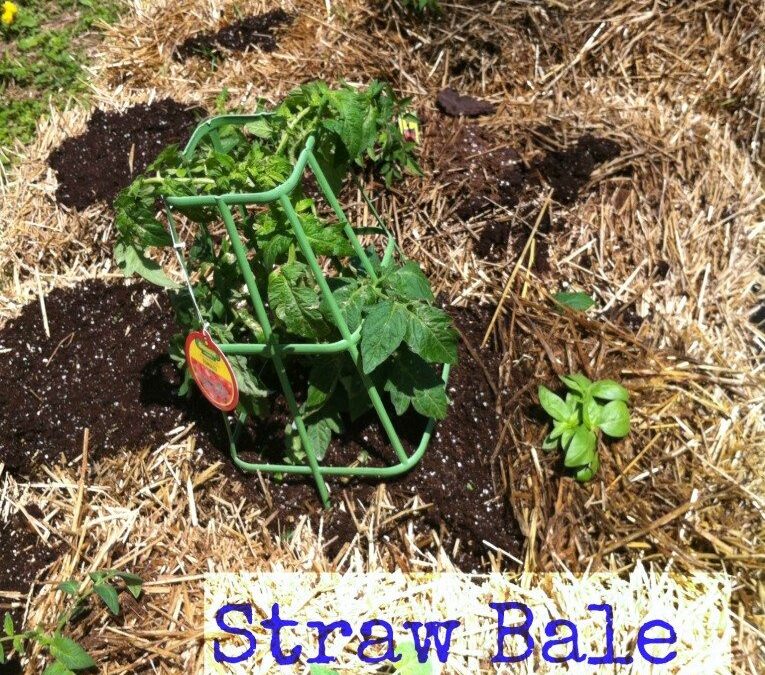
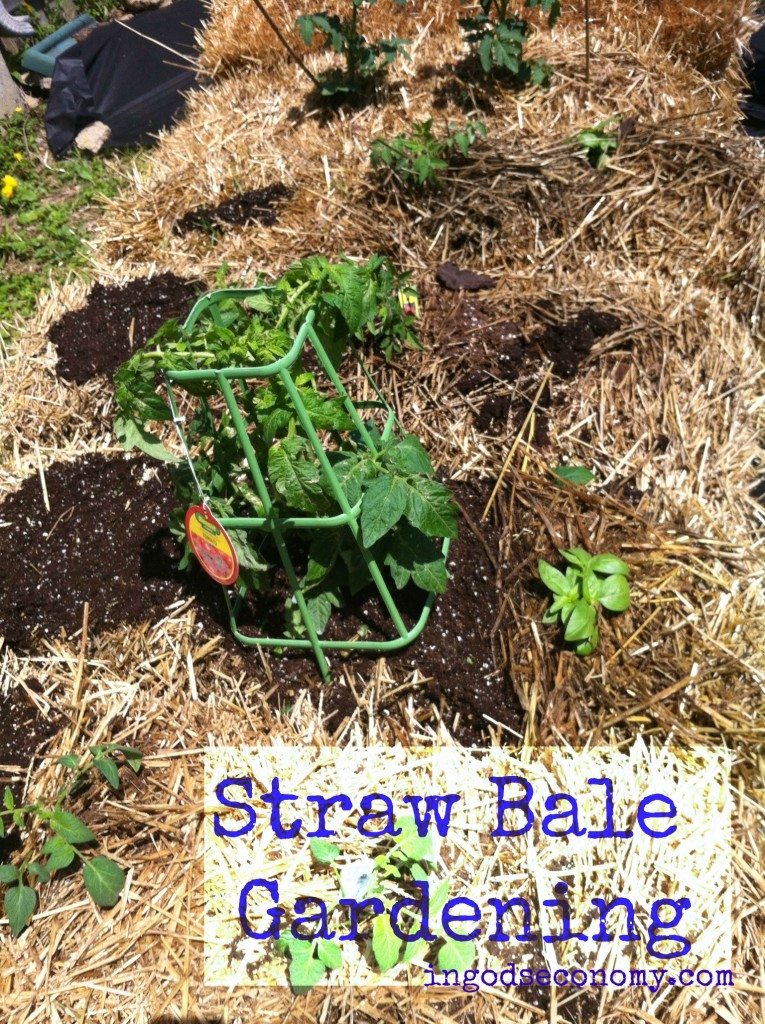






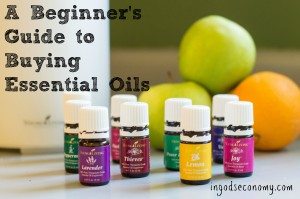

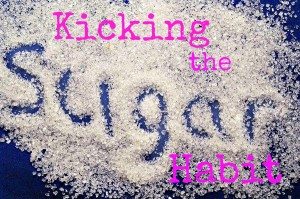
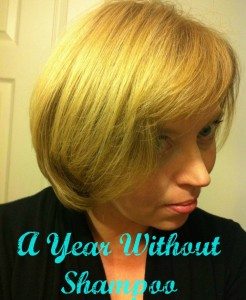
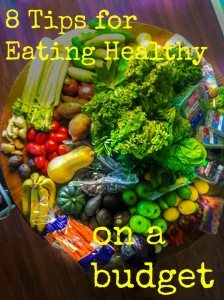
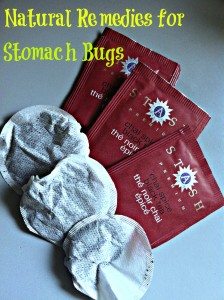


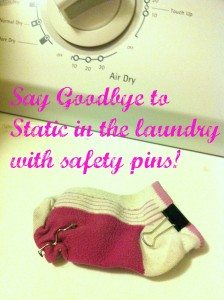

Hi… I would love to give this way of gardening a try! I have a couple of questions and hope you are able to answer them. 1) Can you also grow a flower garden? 2) If so, can you grow them from seeds, bulbs and transplant, just like any flowerbed? 3) Can I start my vegetable garden in late summer/early fall with this method or do I have to wait until spring?
Thank you very much for your site! I will be trying a few natural things from here!
Alejandra
Honestly, fall is best! Then you don’t need to fertilize it or prep the bales. They are already partially composted by spring. I just didn’t know about it in time. I grew flowers right in with my food, so I can’t see why you couldn’t do a flower bed. I don’t know about bulbs, but I grew potatoes, which are similar. I don’t think you’d get more than two seasons out of the bulbs though. After a year the bales begin to break down into mulch and shrink down. (I haven’t planted anything this year–didn’t get time this summer–but my garden is still going, despite the harsh winter last year. I have tomatoes and strawberries from last year in the old bales. Next year I’ll need to put new bales in.) I treated my bales just like any garden. The seeds I planted, I did spread a one inch layer of compost on top of the bale and planted them in that. They grew just fine.
Hi again… I forgot one question… How much fertilizer (bone meal) do you sprinkle on one bale of straw?
Thanks again!!
Alejandra
It was a small amount, like a 1/2 a cup each time. But if you do it in the fall, you won’t need it. Your bales will naturally compost on their own during the winter and be ready to plant come spring!